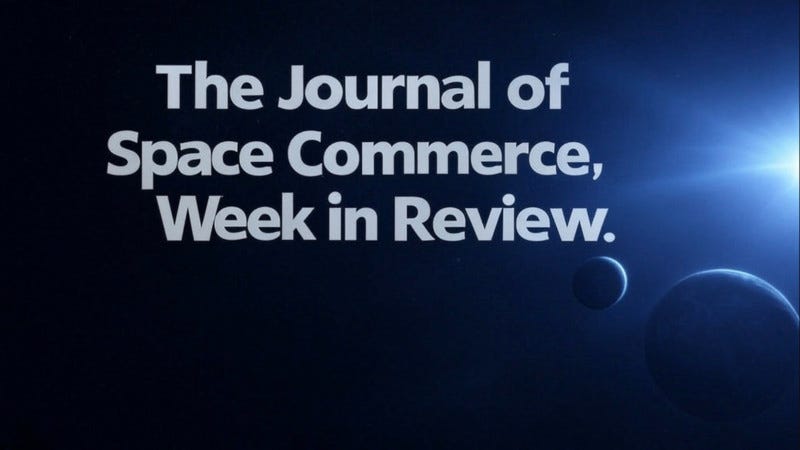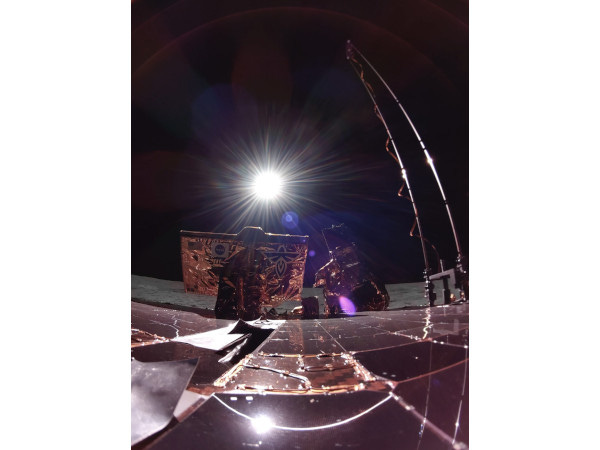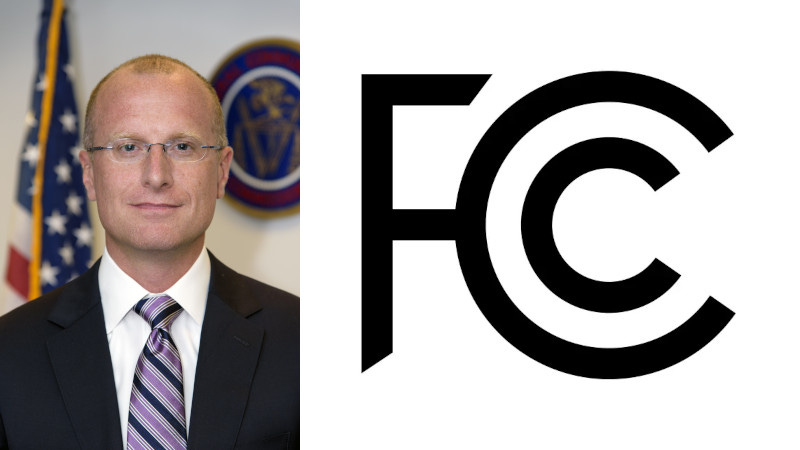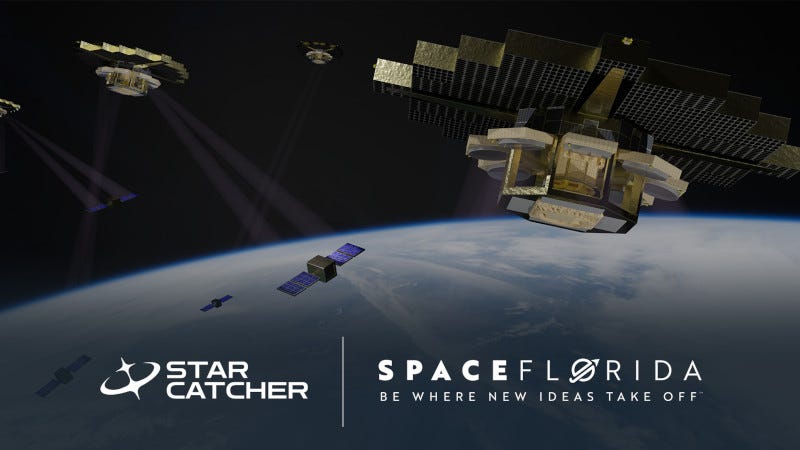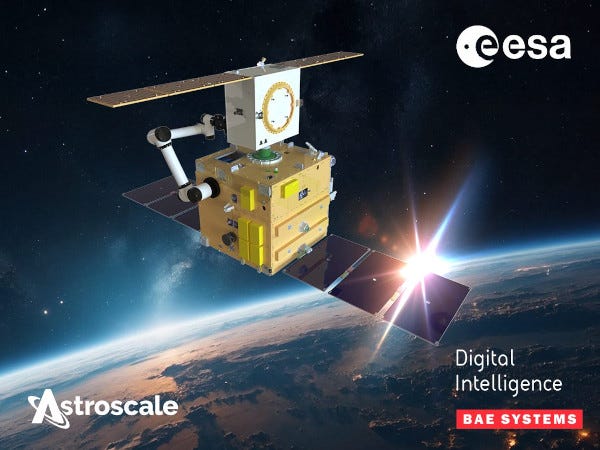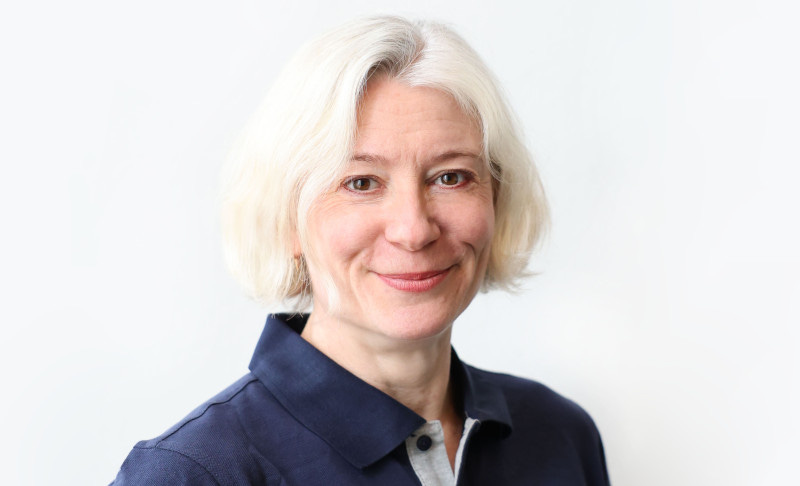Blue Ghost captured a solar eclipse from a unique angle this week. Here are some of the top stories from The Journal of Space Commerce this week.
Normally, when we think about a solar eclipse, it's the Moon crossing in front of the Sun and casting a shadow on Earth. But this week, the Firefly Aerospace Blue Ghost lander watched the Earth pass in front of the sun from its vantage point on the Moon in Mare Crisium.
The eclipse lasted about 5 hours, with approximately 2 hours and 16 minutes of totality. While it was not a stated mission requirement, Firefly's goal was to image the eclipse, and potentially operate NASA instruments to measure changes in the lunar environment from this unique perspective.
Capturing this footage required Blue Ghost to rely on its batteries for power rather than its solar panels, presenting a challenge during the darkness of the eclipse, but Firefly Aerospace says it captured this incredible phenomenon and hopes to share it with the world.
Earlier this week, Blue Ghost performed ongoing LISTER operations. Mounted below Blue Ghost’s lower deck, NASA’s Lunar Instrumentation for Subsurface Thermal Exploration with Rapidity (LISTER) payload is a pneumatic, gas-powered drill developed by Texas Tech University and Honeybee Robotics. It measures the temperature and flow of heat from the Moon’s interior.
Overall, eight out of 10 NASA payloads have already met their Blue Ghost Mission objectives.
-0-
The space industry gathered in Washington, D.C. this week for Satellite Week. This series of events highlighted the significant contributions that the manufacturers, engineers, and entrepreneurs in America’s space sector are making to the country’s economy and national security.
At the start of the event, FCC Chairman Brendan Carr summarized some of the early wins the agency has delivered for America’s space industry. Chairman Carr also announced three north stars that will guide the FCC’s work to extend U.S. leadership in space—speed, simplification, and spectrum.
Within just weeks of leading the FCC, Chairman Carr has prioritized America’s space economy and delivered an initial set of early wins for the sector, including:
33 space station and 200 ground station applications granted since January 20th alone.
Enabling faster and more robust direct-to-cell service by allowing providers to operate on spectrum at higher power levels.
And the Elimination of the FCC’s slow, resource intensive review mechanisms by starting the process of standardizing the agency’s review and approval procedures through objective metrics.
He promised to focus the FCC’s work on speed, simplification, and ensuring satellite operators have the spectrum resources necessary to fuel this sector’s growth. These pillars will make America the most attractive country in the world to launch a space business.
Later during the show, Space Bureau Chief Jay Schwarz, echoed those sentiments, saying that in the past the agency has chosen paperwork, processes, and precautions, and it is now urgent that it change course.
Stay tuned.
-0-
A few months ago, we introduced you to a company called Star Catcher on The Ex Terra Podcast. This week, the company announced a strategic partnership with Space Florida to advance what would be the world's first space energy grid.
On the podcast in August, Star Catcher CEO Andrew Rush explained how the system is designed to work.
"We will fly our power nodes in select orbits in Low Earth Orbit at about 1,500 kilometers in altitude, so we're kind of looking down on everybody in Low Earth Orbit, and each one of the satellites has a multi-thousand kilometer operational radius. So we will beam the power to client satellites, and they'll stay in their orbits doing their missions servicing their customers. We will direct the energy to them based on their needs. So it's really important for us to avoid kind of a "chicken and the egg" problem, where we don't want our customers to have to change how they operate, and we don't want them to have to fly some custom receiver. That's why we interface with their existing solar arrays and say "hey, just keep doing what you're doing and we'll beam power to you."
Star Catcher plans conduct a large-scale demonstration later this summer of its unique power beaming technology at Space Florida's Launch and Landing Facility (LLF), a historic site integral to advancing space technology innovation.
The partnership also includes an investment in Star Catcher by Space Florida, underscoring the State of Florida's commitment to fostering innovation and driving the growth of Florida's space economy. The announcement builds on Star Catcher's recent success, including closing a $12.25 million seed funding round in July 2024.
-0-
A study aimed at developing capabilities to refurbish and upgrade satellites for commercial use has been completed by Astroscale and BAE Systems. As part of the European Space Agency’s ‘Systems Studies for a Circular Economy in Space’, Astroscale is collaborating with BAE Systems to develop an In-orbit Refurbishment and Upgrading Service (IRUS) to advance the transition away from the current single-use culture in space. This initial systems study will inform the next steps towards future commercial services.
The IRUS project involves building on Astroscale’s existing technology to design a servicer satellite which can rendezvous with a BAE Systems client satellite. The client satellite will be created in a modular serviceable way, enabling the servicer to robotically upgrade its specific modules in space.
DHV Technology, a manufacturer of solar array systems and spacecraft power subsystems, was also part of the project. The company added breadth to the study’s scope by investigating wider impacts and potential applications of refurbishment and upgrading on solar cell technologies.
-0-
Finally, Lucy Edge has been appointed as Chief Operating Officer at ReOrbit, a manufacturer of software-enabled satellites. She will assume her new role on April 1.
Ms. Edge previously served as Chief of Missions and Deputy CEO at the Satellite Applications Catapult. Before that, she played a key role in the success of Avanti Communications, where she contributed to designing and launching satellites, as well as establishing and running the Avanti Communications Spacecraft Operations Center.
Edge holds a degree in Physics and transitioned into spacecraft engineering through a Master’s program.
-0-
And those are just some of the stories presented by The Journal of Space Commerce this week. If you're a space enthusiast looking for stories about innovation in the space industry, we hope you'll consider becoming a paid or founding subscriber to The Journal of Space Commerce. You can be the first to get access to in-depth articles about the promise of space, as well as our Ex Terra Extra podcast, where we take a deep dive into some of the most fascinating aspects of the new space industry.
So please consider a paid subscription to The Journal of Space Commerce to help us maintain our independence as we chronicle, cajole, and when necessary critique the new space industry ... Thanks for listening. I'm Tom Patton.
You might have also missed:




